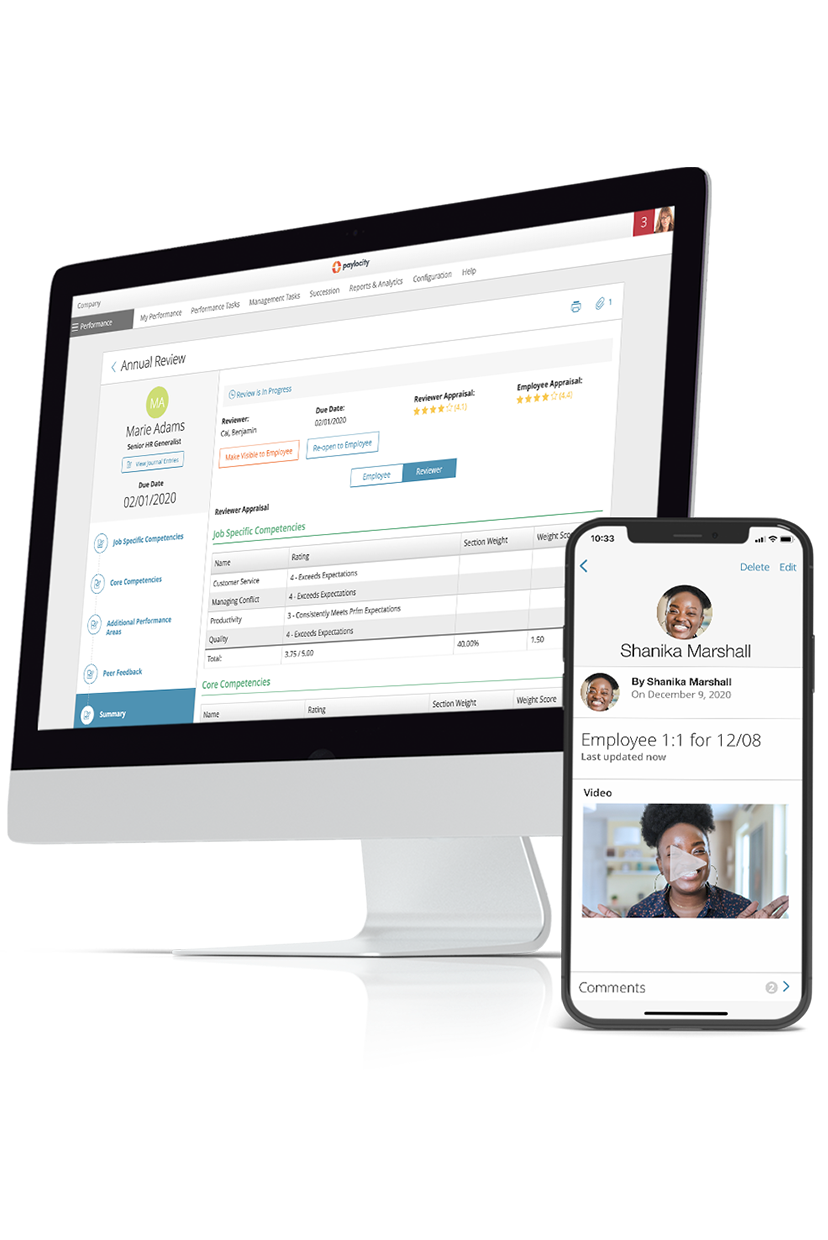Employee Name:[Name]
Position: [Job Title]
Department: [Department]
Review Period: [Start Date] to [End Date]
Instructions: Please rate the employee on a scale of 1-5 for each competency, where: 1 = Needs Significant Improvement 2 = Needs Some Improvement 3 = Meets Expectations 4 = Exceeds Expectations 5 = Outstanding Performance
Also, provide specific examples or comments to support your ratings.
- Job Knowledge and Skills: [Rating] [Comments]
- Quality of Work: [Rating] [Comments]
- Communication Skills: [Rating] [Comments]
- Teamwork and Collaboration: [Rating] [Comments]
- Problem-Solving and Decision-Making: [Rating] [Comments]
- Leadership (if applicable): [Rating] [Comments]
- Adaptability and Flexibility: [Rating] [Comments]
- Initiative and Proactivity: [Rating] [Comments]
- Time Management and Organization: [Rating] [Comments]
- Customer/Client Focus (if applicable): [Rating] [Comments]
Open-Ended Questions:
Performance and achievements
- What do you consider to be this employee's most significant accomplishment in the past review period?
- In what areas has this employee exceeded expectations? Please provide specific examples.
Strengths and skills
- What do you see as this employee's greatest strengths? How have these been demonstrated?
- Which of this employee's skills or abilities are most valuable to the team/organization?
Areas for improvement
- In what areas do you think this employee could improve their performance? Please provide specific examples.
- What additional skills or knowledge would make this employee more effective in their role?
Leadership and teamwork
- How does this employee contribute to team morale and productivity?
- Can you describe a situation where this employee demonstrated effective leadership or teamwork?
Communication and interpersonal skills
- How would you describe this employee's communication style? How effective is it?
- In what ways does this employee build and maintain professional relationships?
Problem-solving
- Can you provide an example of how this employee has approached a challenging problem or situation?
- How does this employee contribute to innovation or process improvement in their role or department?
Future potential
- What additional responsibilities or roles do you believe this employee is ready to take on?
- In which ways could this employee's skills and abilities be better utilized within the organization?
Impact
- How would you describe this employee's overall impact on their team and the organization?
- If you could give this employee one piece of advice to enhance their effectiveness, what would it be?




